Putting lending restrictions on ODA capital
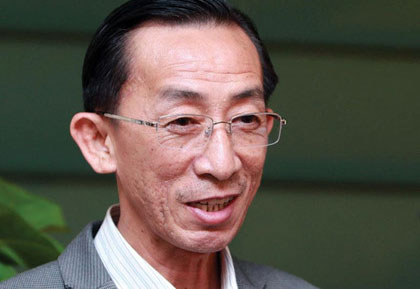 |
Is it true that the rapid GDP growth in past years – particularly the eight-year record of 6.68 per cent last year – came about largely due to increased development investment?
Rapid GDP growth between 2011 and 2015, and particularly 2015’s impressive performance, came from a number of factors, including from a sharp rise in development investment capital sources, as Vietnam’s economy is still heavily reliant on the capital factor.
During the period 2011-2015, more than VND5.617 trillion ($257.6 billion) was invested throughout society, up 1.8-fold against the previous period 2006-2010. Mobilised development investment capital over GDP averaged 31.7 per cent per year in the past five years. Of this, more than VND1.367 trillion ($62.7 billion) was raised in 2015 alone, representing over 24.3 per cent of total development investment capital in the whole period, a 12 per cent jump on-year and equal to 32.6 per cent of GDP. This was higher than the previous projection of 30-32 per cent.
Simply put, sharply increased capital investment is one of crucial factors to driving economic growth.
Disbursed counterpart funding in ODA-funded projects rose sharply against projections in 2014 and 2015. This was believed to be one of the main causes leading to a higher level of over-spending than projected. How can this problem be remedied in the future?
Increasing investment – if sourcing capital from the state budget, government bond capital, state preferential credit, or ODA capital – has propped up economic growth, but it has also exerted pressures on over-spending and public debt.
For instance, last year, VND30 trillion ($1.37 billion) out of VND256 trillion ($11.7 billion) was the additional sum needed to meet the counter-part funding requirements of ODA-funded projects and foreign donors’ preferential loans. This contributed to driving the over-spending rate to 6.1 per cent of GDP, and government debt to 50.3 per cent of GDP, higher than the National Assembly approved rate of 50 per cent.
Therefore, to ease pressure, I support the Ministry of Finance’s stance that from 2016 onwards, ODA capital should be provided under a lending scheme. This will require localities to be more discerning when selecting investment projects to ensure that they reap the highest level of efficiency.
If ODA capital was provided under a lending scheme, could localities issue local government bonds to raise money instead of taking ODA?
From mid-2017, ODA capital will be given at a higher interest rate against shorter leasing terms. Therefore, before borrowing, localities will need to ponder factors like the interest rate, timing, expenditure, and other conditions before deciding what option would be the best for them: i.e. sub-leasing ODA capital, or issuing local government bonds.
Before making any investment decision, developers must take into account where to source investment capital to ensure cost efficiency. If the borrowing cost is high, localities may opt for more viable investment models such as public-private partnership (PPP), build-operate-transfer (BOT), build-transfer (BT), or build-transfer-operate (BTO), provided that the investment project generates the highest efficiency when coming on stream.
What the stars mean:
★ Poor ★ ★ Promising ★★★ Good ★★★★ Very good ★★★★★ Exceptional
Latest News
More News
- Trump's trade policies could shape Vietnam's economic outlook: Dragon Capital (November 15, 2024 | 16:56)
- Prioritising corporate governance for Vietnam’s sustainable growth (November 14, 2024 | 16:50)
- Vietnam eyes nuclear revival to bolster energy security (November 14, 2024 | 16:46)
- German businesses explore investments in Dong Nai (November 08, 2024 | 18:02)
- Vietnamese consumer sentiment outperforms regional averages (November 08, 2024 | 18:00)
- Exchange and interest rates forecast to remain stable after US election (November 07, 2024 | 14:04)
- Industrial real estate stocks benefit from US election results (November 07, 2024 | 13:56)
- 2024 sees $1.41 billion in fintech funding so far (November 07, 2024 | 08:13)
- Trump at 266 electoral votes, Harris at 195: US media (November 06, 2024 | 14:30)
- Hanoi targets digital and high-tech investment with upcoming event (November 06, 2024 | 13:28)




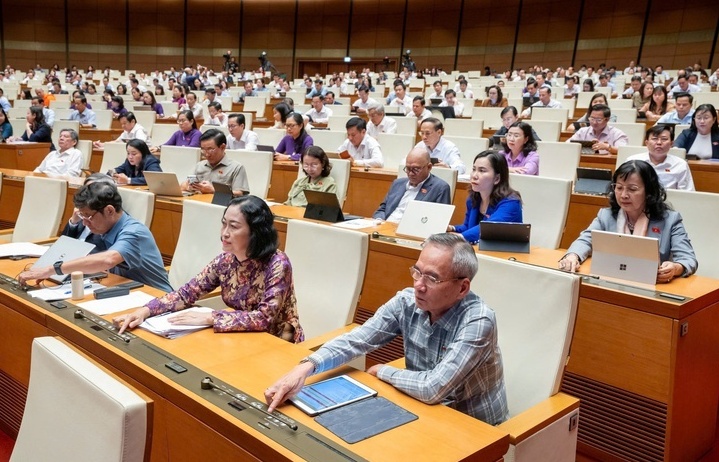
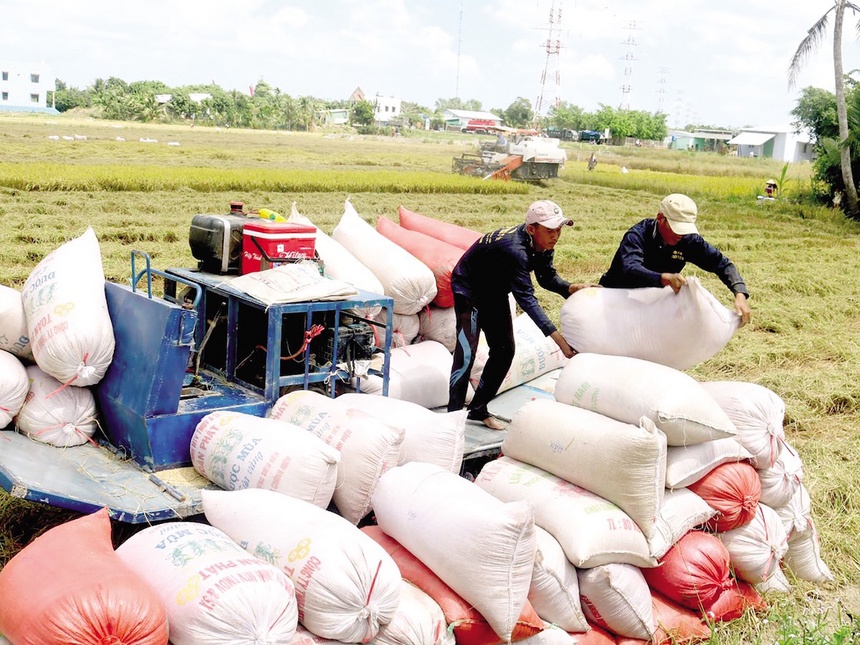
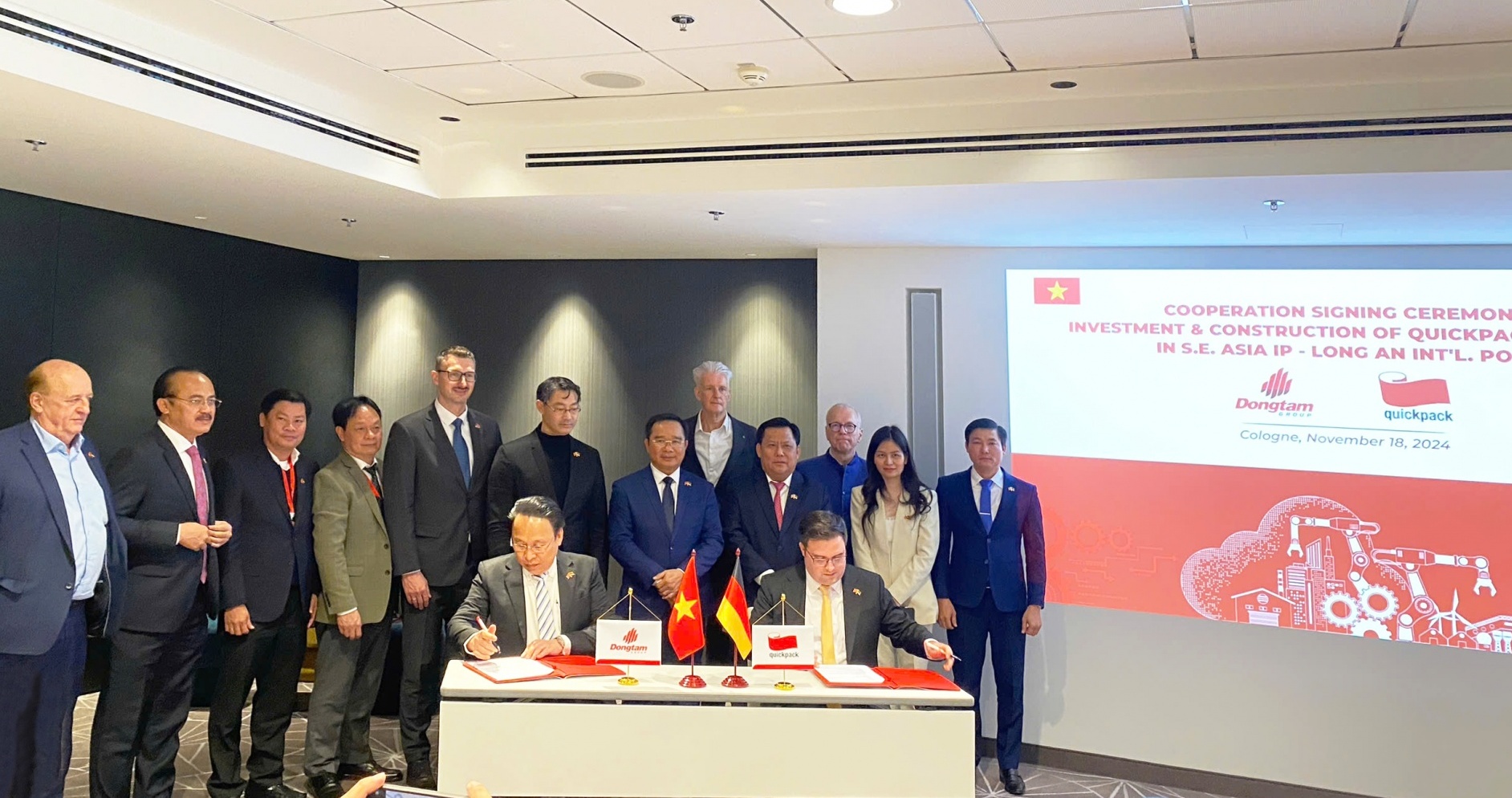

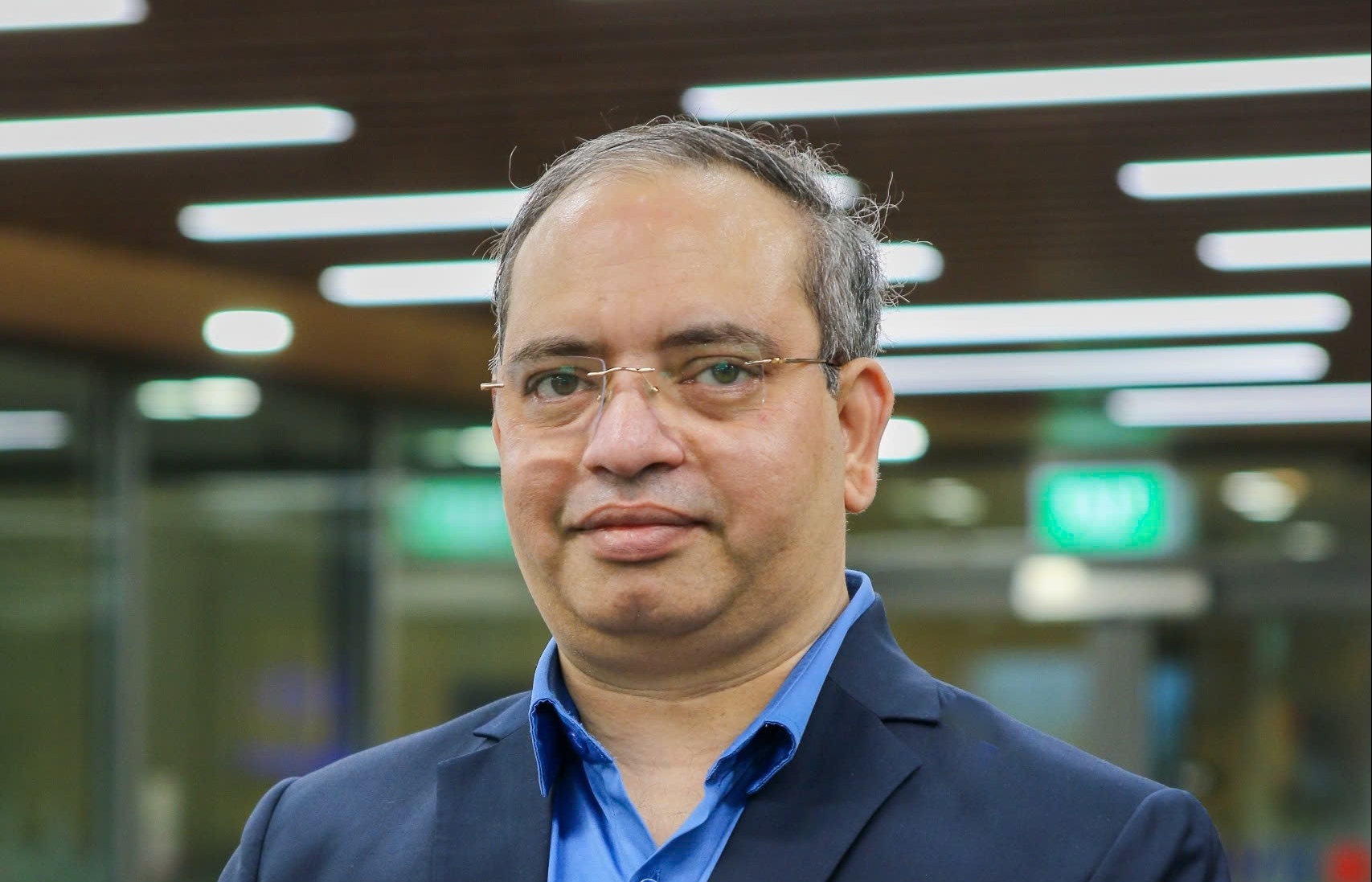




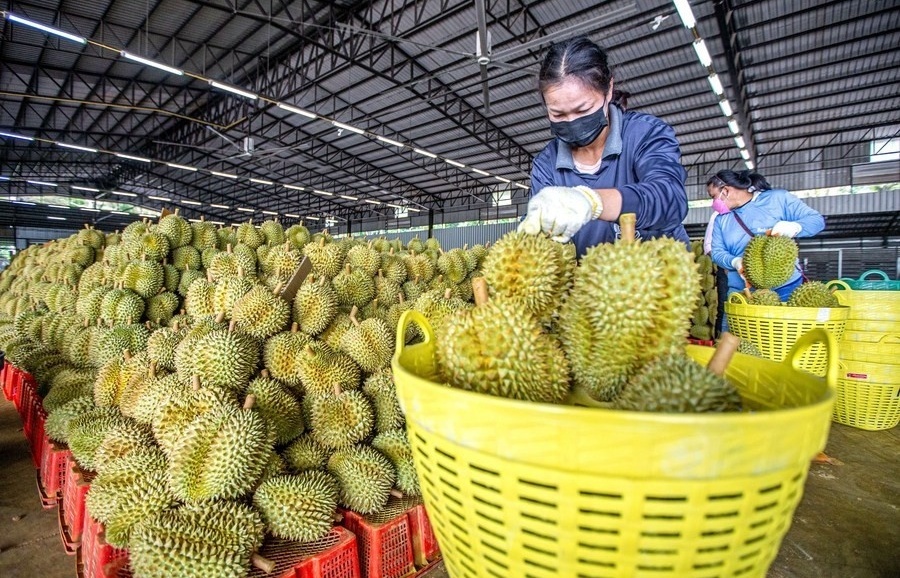






 Mobile Version
Mobile Version